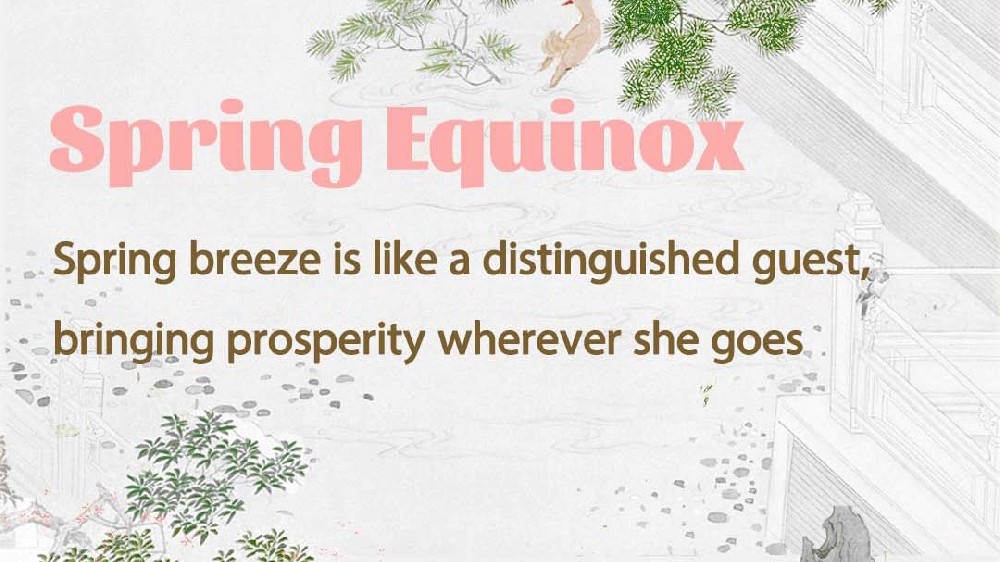
Exploring the Rich Heritage of Guizhou Tusi Culture
After the Wei and Jin Dynasties and through the Tang, Song, and Yuan Dynasties, Guizhou experienced extensive economic and cultural exchanges with the outside world. It embraced the cultural essence of the Central Plains and surrounding regions, integrating and evolving these influences to achieve cultural prosperity during the Ming and Qing Dynasties. It was in this context that Tusi (土司) culture emerged.

Guizhou Tusi culture is one of the unique historical and cultural heritages of Guizhou Province, China. It originated during the Yuan, Ming, and Qing periods when the central dynasties implemented the Tusi system in ethnic frontier regions like Guizhou. The Tusi system was an administrative policy in which tribal leaders were granted official titles by the central government. These leaders, known as "Tusi," governed local ethnic communities while assuming certain taxation and military responsibilities. The term "Tusi" has been in use for over a thousand years. Under the policies of "governing the ethnic groups with their own leaders" (以夷治夷) and "managing the tribes with local chieftains" (以蛮治蛮), feudal dynasties utilized local chiefs to rule their respective areas, granting them official titles and allowing for hereditary succession. This policy, which lasted over a millennium, formed a unique cultural system in China, with Guizhou Tusi culture serving as a representative example.
In Guizhou, the Tusi system began during the Yuan Dynasty and continued through the Ming and Qing periods. It was not until the Yongzheng reign of the Qing Dynasty, when the "Gaitu Guiliu" policy (改土归流) was implemented, that the system was gradually abolished. Under the Tusi system, the Tusi held supreme power in their jurisdictions, overseeing politics, military affairs, taxation, land management, and local communities. Tusi positions were typically hereditary, passed down through Tusi families. This system had a profound influence on Guizhou's society, economy, and culture.
As a vital part of Guizhou's local culture, Tusi culture possesses distinct historical, geographical, and cultural characteristics. During the Tusi era, the Tusi promoted education and the adoption of Han culture, facilitating social reform and enlightenment in ethnic regions. At the same time, Tusi culture preserved numerous ethnic elements such as language, clothing, cuisine, architecture, and dance, showcasing its unique attributes.
Among Guizhou’s Tusi cultural sites, the most representative is the Hailongtun Tusi Site in Zunyi, which is the only World Cultural Heritage site of its kind in the province. Hailongtun served as the residence of the Tusi rulers of Bozhou and features abundant historical and natural heritage. This site vividly reflects the unique charm and historical significance of Tusi culture, attracting numerous tourists and researchers.
Two years ago, during the 39th session of the World Heritage Committee in Bonn, Germany, Guizhou’s Hailongtun Tusi Site was inscribed on the UNESCO World Heritage List alongside the Yongshun Tusi Site in Hunan Province and the Tangya Tusi Site in Hubei Province. As Guizhou’s only Tusi site and one of the three major Tusi heritage sites in China, Hailongtun bears witness to the rise, fall, and legacy of Guizhou Tusi culture. Today, it remains a vibrant cultural landmark enriching Guizhou’s cultural heritage.
In conclusion, Guizhou Tusi culture is an essential part of China’s regional cultures, characterized by its unique history, geography, and cultural attributes. By studying and preserving Tusi culture, we can deepen our understanding of Guizhou's history and culture while promoting cultural diversity and the development of local heritage.
